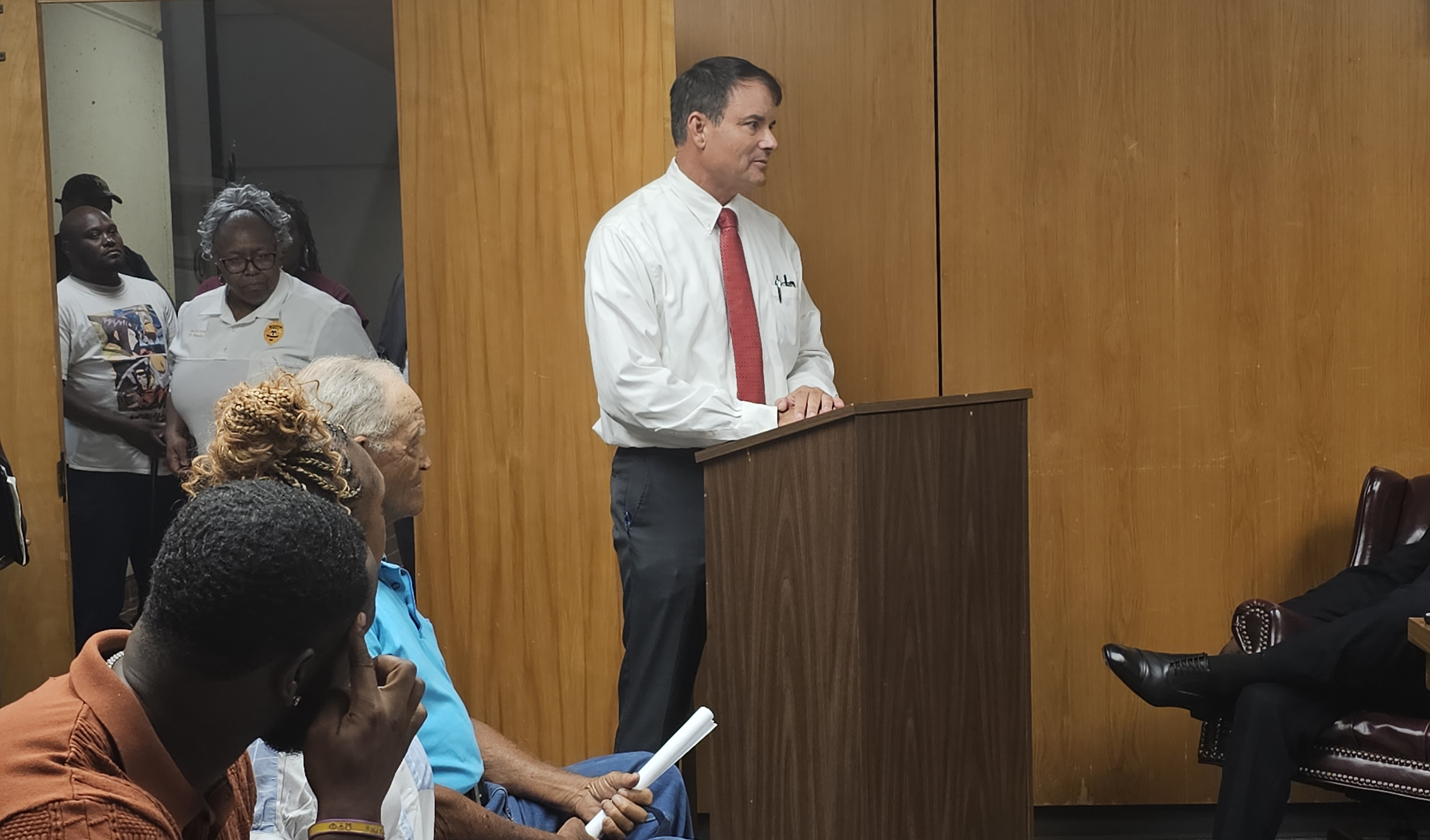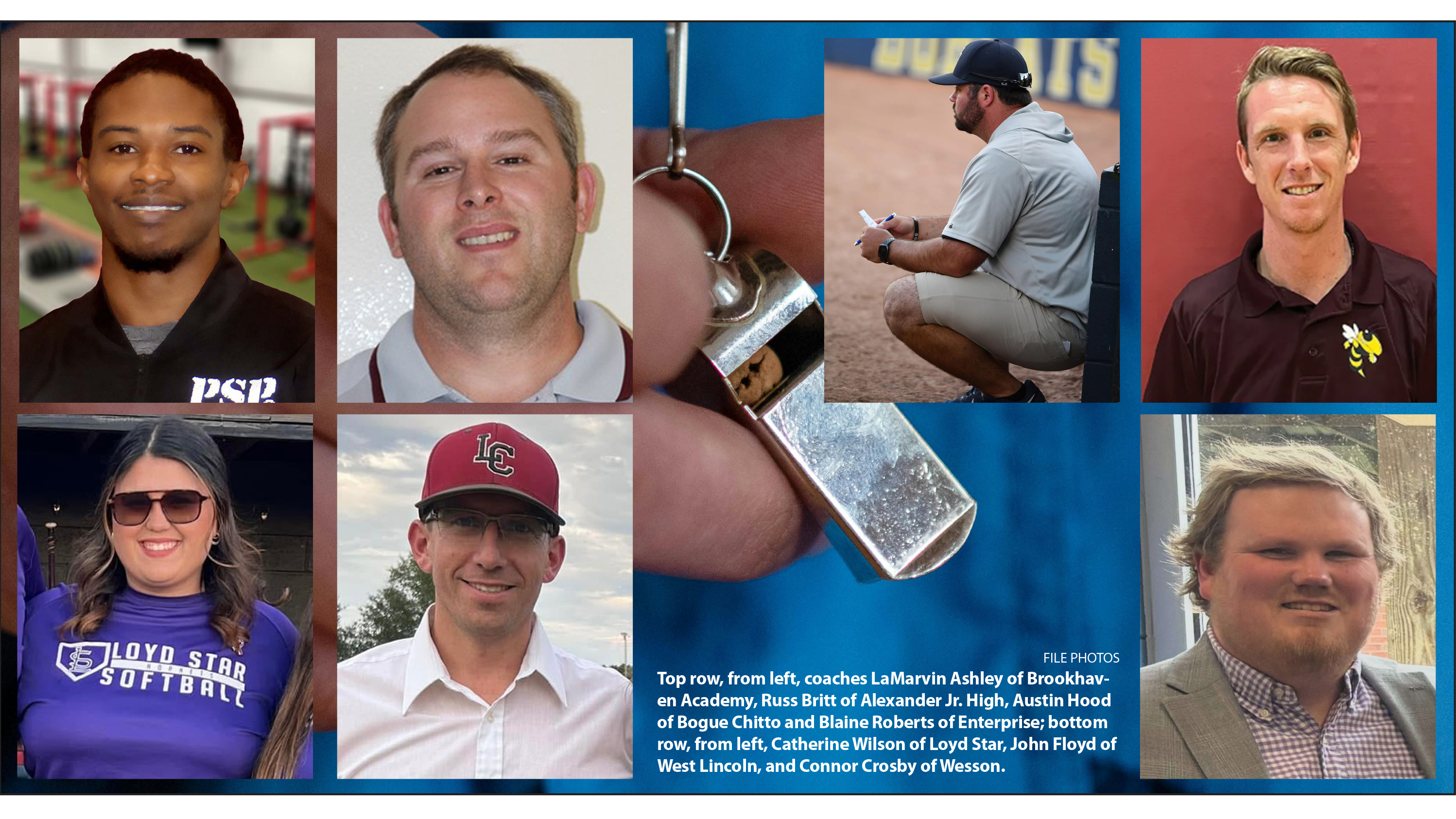Continued: Another family’s story from 9/11
Published 7:34 pm Tuesday, May 29, 2018
Last week I wrote about Steve Scheibner, an American Airlines pilot who narrowly missed death on 9/11. The day that column published I received an email from five states away. The words went something like this:
“Our 24-year-old daughter wasn’t as lucky as Mr. Scheibner. At the last minute, she was selected to fill in for a sick co-worker as a flight attendant on Flight 11.”
I later asked that dad, Thomas Roger, for a phone interview, and he granted me one. He sent some pictures, too, of his outgoing daughter Jean, a Penn State graduate who chose a career of travel and social interaction over jobs her biology degree might have landed her. She had been with American Airlines for more than a year when she drove to Boston’s Logan International on Sept. 11, 2001.
“The weekend before that, we celebrated her brother’s engagement,” Roger told me. “Sept. 10 was her boyfriend’s birthday, and they enjoyed a special night out. So, we went from a high of joyful occasions to horror and tragedy, all in one week.”
Jean Roger was on call the morning of 9/11. She arrived at the airport early — 6 a.m. — and waited to see if she’d be needed. Half an hour before Flight 11 began loading, she was given the go-ahead to board. Jean was assigned to the business cabin where lead hijacker Mohamed Atta was seated.
Fifteen minutes into the flight, hijackers stormed the cockpit. Flight attendants Betty Ong and Amy Sweeney moved to the back of the plane and made detailed calls. Until 9/11, airlines trained their workers to anticipate unexpected landings and hostage negotiations during a hijacking situation. Some today think that’s probably what those on Flight 11 were thinking, even as they calmly spoke to air traffic controllers.
“The details those flight attendants were able to transmit helped passengers on board United 93 make the decision they did,” Roger explains, referring to their attempt to regain control of the Flight 93 after hijackers attacked.
The Rogers, however, never heard directly from Jean. They speculate she may have stayed with passenger Daniel Lewin, a former Israeli commando who is believed to have been stabbed after confronting the hijackers. Flight attendant Karen Martin is also assumed to have been killed in the fray.
Roger told me he watched footage of the attacks on the World Trade Center from his office in New Haven, Connecticut: “My first reaction as planes were hitting was ‘what a terrible thing is happening to those people.’ Then I found out both flights were out of Boston.” The family began making calls but couldn’t get through to Jean or American Airlines. By the time Roger arrived home at 11, they had received confirmation. Jean was aboard Flight 11.
“At least we knew then,” he says. “Others had to wait for days. The families of a thousand victims never recovered any remains. We had a memorial service for her that weekend.”
According to Roger, the knowing/not knowing factor played a big part in the grieving process.
“In New York, families held out hope that victims who were in the World Trade Center were OK, that they were in a hospital somewhere,” he explains. “For families whose loved ones were on one of the flights, that wasn’t an issue.”
Roger went on to help found Families of September 11 Inc., a group largely composed of people dealing with the aftermath of the airline disasters.
“The airline encouraged us to get connected, so we met two weeks after 9/11. We eventually had more than 1,000 families join,” he remembers.
In 2002, Roger had the opportunity to take part in planning the 16-acre 9/11 Memorial & Museum. His background included decades of work for the company that constructed the Vietnam War Memorial and the World War II Memorial. His employer told him they’d support his efforts in New York 100 percent.
“I had lost my daughter and nothing I could do would bring her back,” he acknowledges. “I was anxious to do something meaningful.” That led Roger, an attorney, to make weekly trips to New York City for the next three years, helping select and manage architects for the museum project. He even wrote their contracts.
“Some issues were hotly debated,” he says of the planning sessions. “We wanted everyone involved to feel good about the project.” That group was wide-ranging, from city officials, victims’ families, and firefighter groups, to representatives from Cantor Fitzgerald, an investment firm that lost some 640 employees in the World Trade Center.
“I’m very proud of the Memorial and Museum. What resulted is respectful and nice,” Roger says, adding that the effort was therapeutic for him in many ways. He continues to serve as a board member. “The museum has done a tremendous job of keeping a lot of the issues surrounding 9/11 alive.”
For the Roger family, the September calendar continues to hold a very difficult day. “That’s when Jean died. We’d as soon to forget it,” Thomas says. “We prefer to remember the happy days.”
But he also notes a positive that resulted from the tragedy — changes in airline security: “Unfortunately, it took a 9/11 to show us that airplanes can be used as weapons.”
Somehow, I imagine I’ll be thinking about that — and Jean Roger — as I board an American Airlines flight this weekend.
Kim Henderson is a freelance writer. Contact her at kimhenderson319@gmail.com.





